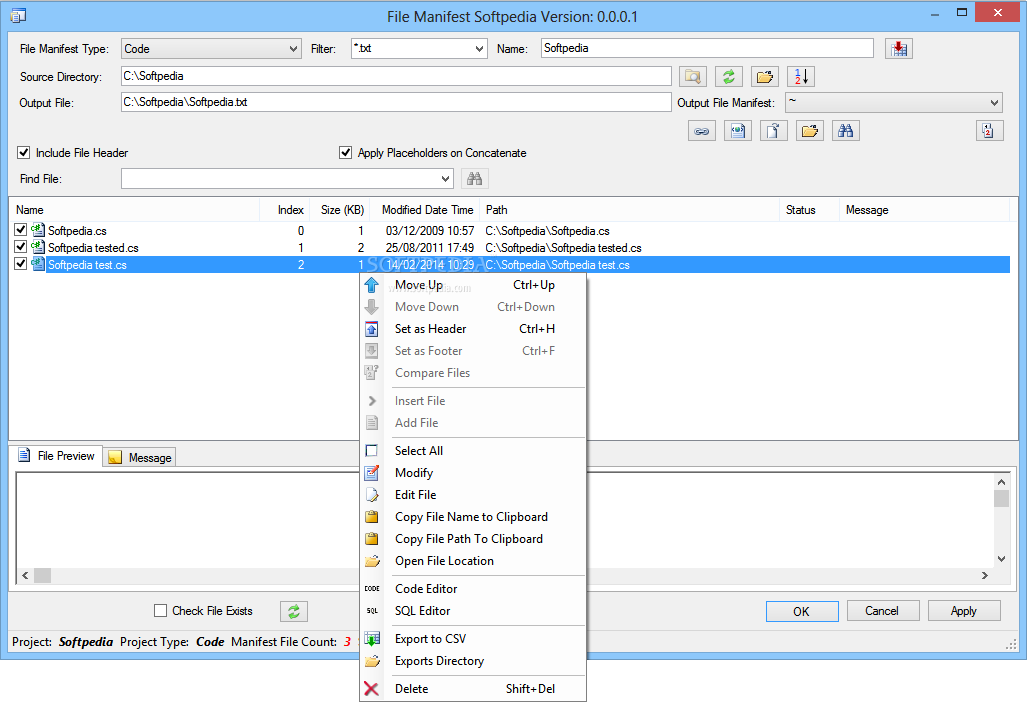
This is where the frames in cleanupFrames will be saved. The temporary working directory to store intermediate frame data. Set this to false if you need to debug intermediate results. You may, for example, use console.log cleanupFramesīy default, we cleanup temporary frame images. Optional function to log progress and the underlying ffmpeg commands. Max number of videos to process in parallel. Raw format is difficult to preview and debug, however, in which case you may want to change frameFormat to png. Note: the default is raw for performance reasons, as writing and reading raw binary pixel data is much faster than encoding and decoding png frames. argsĭefault: Īrray of output-only ffmpeg command line arguments for the final video. If parameter is not provided - assuming user wants to concat the source scenes audio. Path or URL to an audio file to use as the audio track for the output video. If you specify both, transitions takes precedence. Note that you must specify either transition or transitions, depending on how much control you want over each transition. If there are N videos, then there should be N - 1 transitions. Specifies a (possibly unique) transition between each video. concat 3 mp4s together using 2 500ms directionalWipe transitions await concat( // optionally override default parameters Usage const concat = require( 'ffmpeg-concat') v, -verbose enable verbose logging from FFmpegįfmpeg-concat -t circleopen -d 750 -o huzzah.mp4 0.mp4 1.mp4 2.mp4 O, -temp-dir temporary working directory to store frame data C, -no-cleanup-frames disables cleaning up temp frame images c, -concurrency number of videos to process in parallel (default: 4) f, -frame-format format to use for temp frame images (default: raw) T, -transitions json file to load transitions from d, -transition-duration duration of transition to use in ms (default: 500) t, -transition-name name of gl-transition to use (default: fade)

#FFMPEG CONCAT EACH FILE AS CHAPTER MP4#
o, -output path to mp4 file to write (default: out.mp4) A fix has been released in Node.js version 13.7.0.

Note ( macOS only): due to an inadvertant low-level breaking change in libuv's process handling code, OpenGL is not supported when running Node.js version 12.13.1 through to 13.6.0 on macOS. Node.js versions 10.13.0 and up are supported. This package runs on Linux, macOS, and Windows. This module requires ffmpeg to be installed. This module and CLI make it easy to concat videos together using gl-transitions. Its extremely simple spec makes it really easy to customize existing transitions or write your own as opposed to struggling with complex ffmpeg filter graphs. GL Transitions, on the other hand, is a great open source initiative spearheaded by Gaëtan Renaudeau that is aimed at using GLSL to establish a universal collection of transitions. FFmpeg filter graphs are extremely powerful, but for implementing transitions, they are just too complicated and error-prone. Here are some convoluted examples of a simple cross-fade between two videos. (note that the quality and fps is only poor due to the GIF preview here is the original)įFmpeg is the de facto standard in command-line video editing, but it is really difficult to concatenate videos together using non-trivial transitions. (example of 9 videos concatenated together with unique transitions) Concats a list of videos together using ffmpeg with sexy OpenGL transitions.


 0 kommentar(er)
0 kommentar(er)
